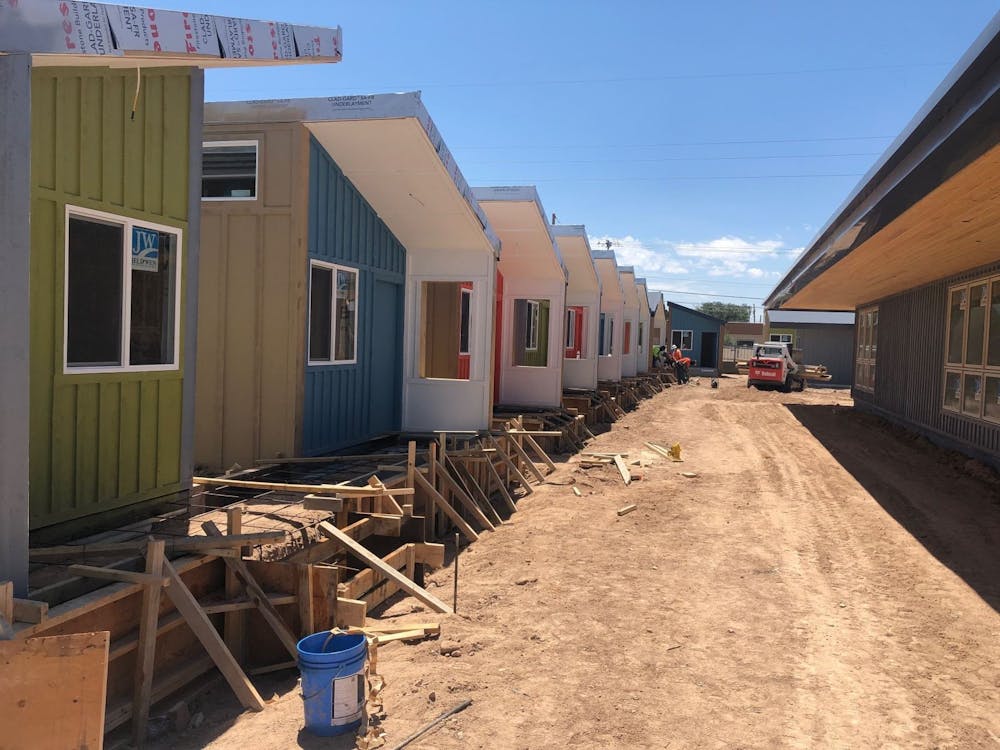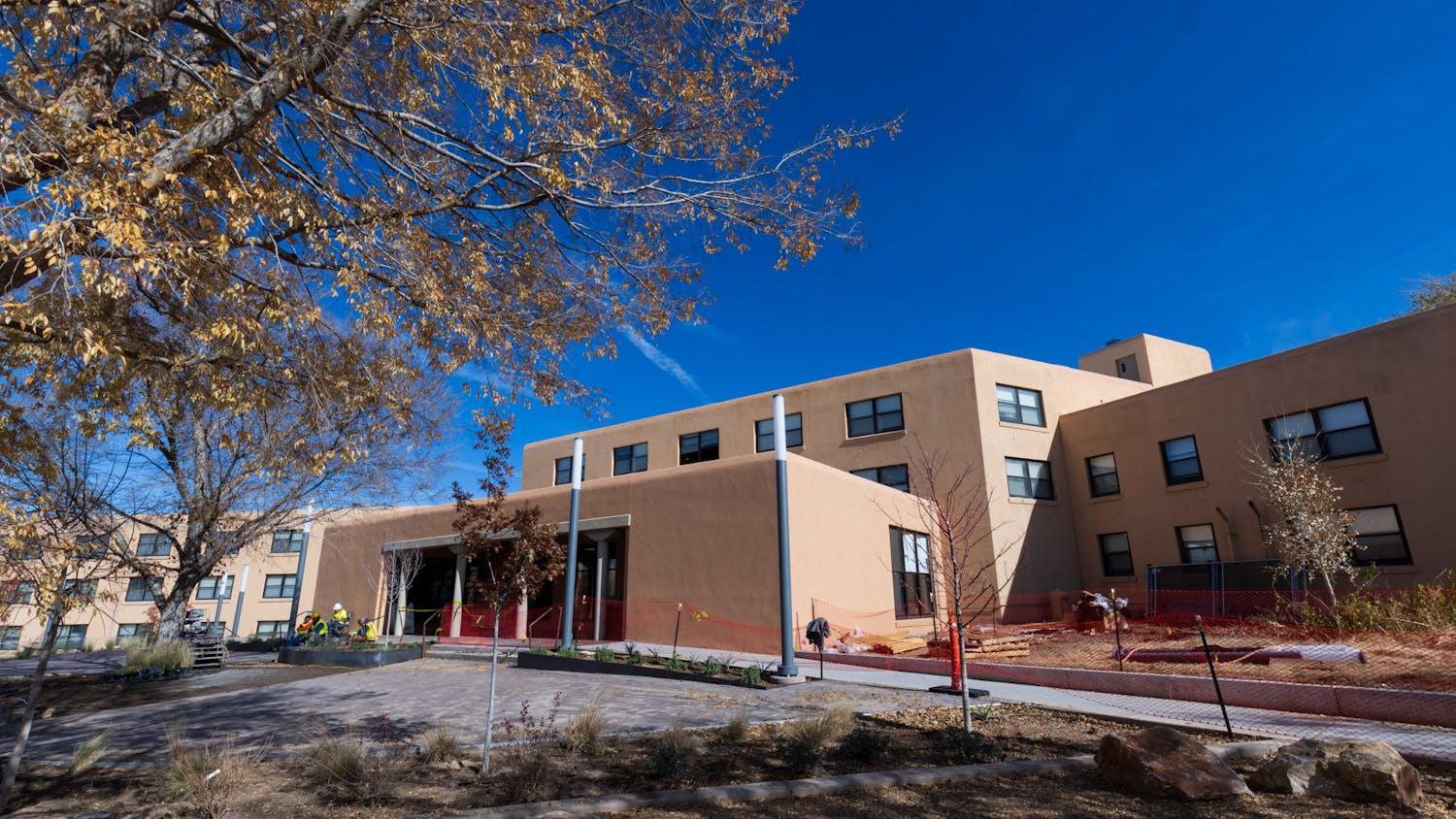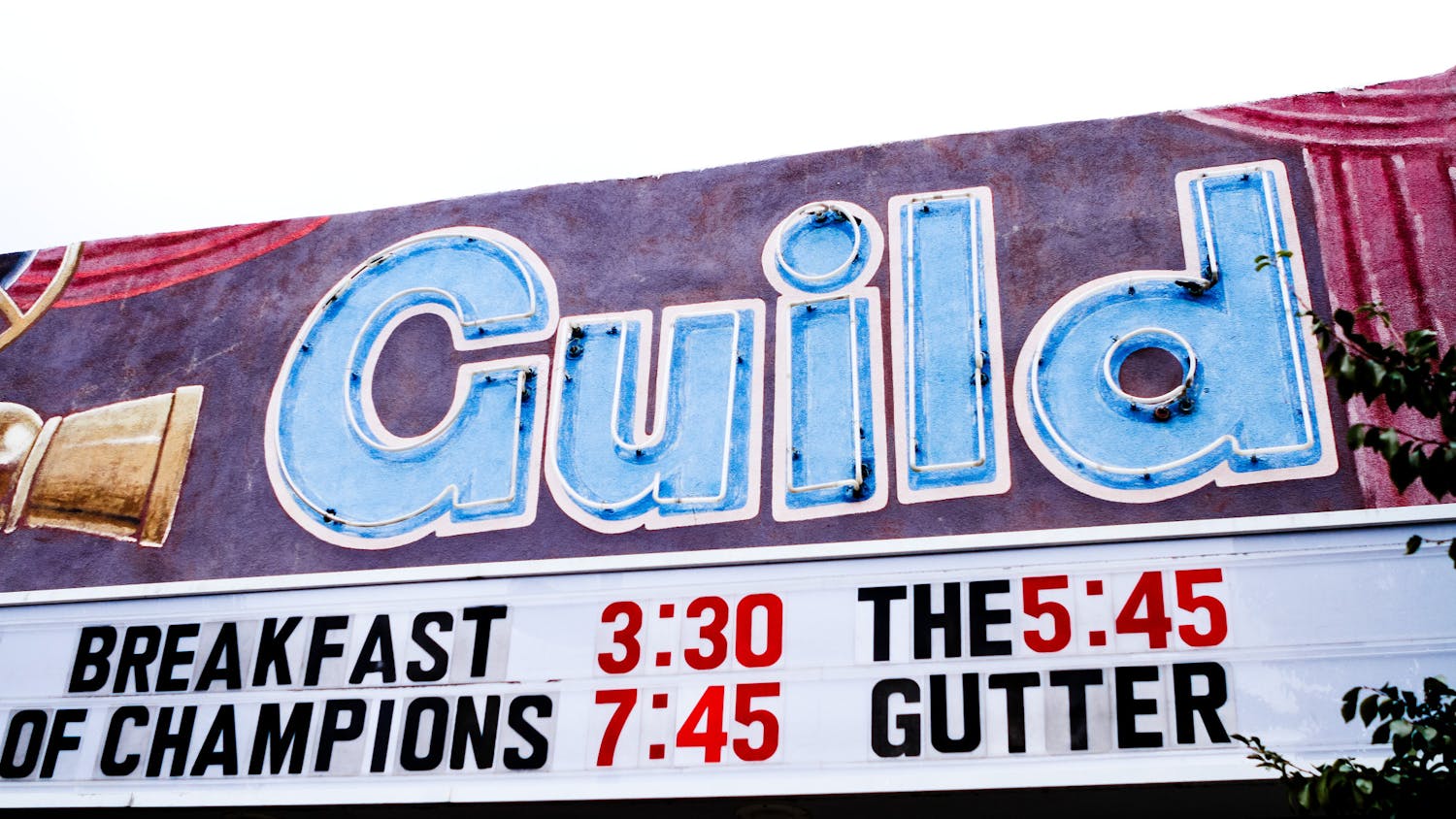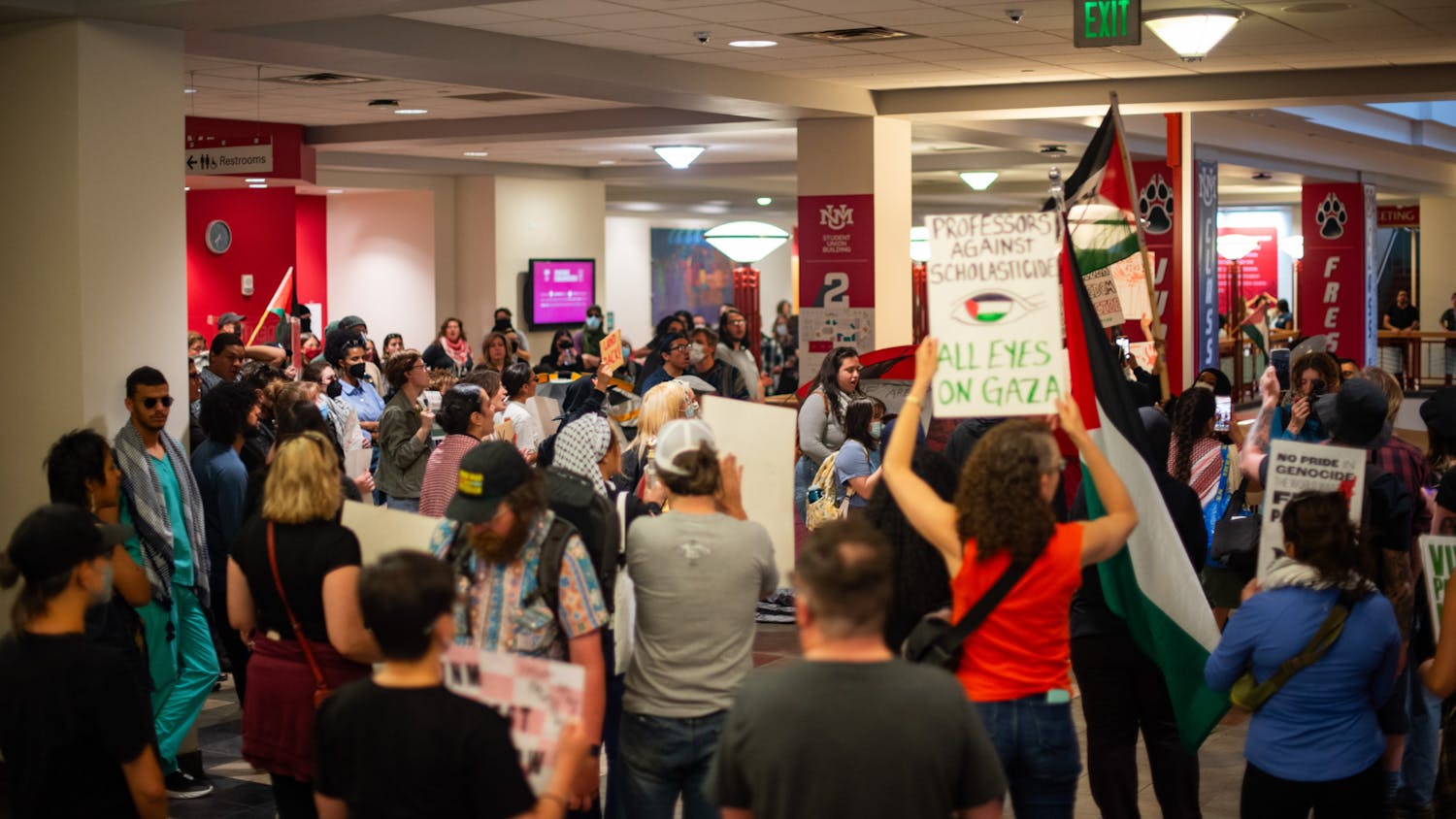Tiny Home Village — a transitional housing complex in Bernalillo County’s Albuquerque Indian Center — is scheduled to complete construction next month.
The village is made up of 120 square foot micro-homes that aim to address the unhoused population’s need for affordable housing.
According to the project’s website, the criteria for residence is “living at or below the 30% of Area Median Income (AMI) level and (agreeing) to pay no more than 30% of their income or a flat rate of $30 towards village maintenance.”
Residence is permitted regardless of income at hand, and villagers will both be required to participate in a 28-day trial residency period and work with a peer-specialist, case manager or other form of therapist.
According to resource manager Ilse Biel, the idea for the village was established by a group of activists working alongside the residents of Albuquerque Tent City from the summer of 2014 to the summer of 2015.
The original tent city was unsustainable because the city frequently broke it up, and the logistics of hiring UHaul trucks to help pack up belongings every time a resident was moved were cost and time prohibitive.
Biel said that during 2016, the working group began planning for an upgraded housing resource. The initial idea was to implement a sanctioned tent city, but eventually the idea of a Tiny Home Village was born and subsequently funded by $2 million procured by Bernalillo County Commissioner Debbie O’Malley.
The intention of the Tiny Home Village ― and what, according to Biel, renders the village a more favorable option than traditional affordable housing ― is to nurture a community aspect. Biel said she frequently accompanied unhoused persons during their transition to traditional affordable housing and noticed the subsequent adverse psychological effects.
“When moving directly into an apartment, people can be lonely because it might just be one apartment in a large block … They also lose the community that they had on the street, so the whole process is really isolating,” Biel said. “What we’re trying to do is to create that community, so that as people move closer to being able to access traditional affordable housing, they are not alone.”
Biel said that after the initial group moves in, they intend to increase village occupancy incrementally in order to strengthen the housing community from within.
“We are getting our certificate of occupancy around December, and then we might have our first groups of villagers ― which would be no more than five ― moving in at the end of the year,” Biel said. “We do understand that people will want to see all units filled immediately because the need is so great. But the only way this will work is if we do this at a pace where we can grow the community.”
Another aspect that distinguishes the village from traditional affordable housing options will be its ability to bridge the distance between complete homelessness and permanent housing.
Get content from The Daily Lobo delivered to your inbox
“Transitional housing can enable folks to make sound decisions when they do choose to pursue permanent housing,” project manager Bernadette Miera said. “We know there is not enough housing on every spectrum here in Albuquerque, and transitional housing fills the gap.”
Tiny Homes Village also hopes to remediate how many unhoused individuals choose the streets over city shelters.
Both Biel and Miera cited a variety of reasons for this predicament, including shelters not accepting couples, denying pets,and displaying flickering neon lights at entrances, which can trigger post-traumatic stress disorder symptoms.
This dilemma has been exacerbated by the recent surge of COVID-19 cases in New Mexico, which has disproportionately affected the unhoused population due largely to lack of resources outside of shelters.
Biel expressed concern regarding the city’s displacement of unhoused persons, as this protocol leads to heightened likelihood of viral spread.
“The city did a really good job bolstering their policies and protocols at the Westside shelter, but now there are people who still live outside in huge numbers, because the shelters are not taking the number of people they usually take,” Biel said. “Unfortunately, camps are broken up, people are dispersed, and then the problem is that the outreach and service providers need to spend so much time just finding their clients.”
In addition to providing a refuge from outside spaces ravaged by the pandemic, the village will be instituting its own COVID-19 protocol.
“The type of activity that we have in the village will be lessened for a while, with no extra folks beyond who is necessary coming in,” Miera said. “We are also making sure we have enough PPE within the village and all types of (disinfectants).”
Miera said the overall goal of the Tiny Home Village community is a resident-centered environment that specializes in one-on-one mentorship. The project also hopes to address the marginalization of community members experiencing homelessness.
“We need to recognize the unhoused as part of our community in need. We need to ask, ‘what are their life stories?’” Miera said. “Right now, people are holding them at arm’s length. They may give them a dollar or two, but it’s like they’re saying, ‘I don’t want to hear your story. You’re not part of my community.’”
Biel agreed, saying that incorrectly grouping the unhoused into one homogeneous classification leads to useless blanket housing solutions.
She said she hopes that Tiny Home Village will not follow this pattern, but noted that, “The Tiny Home Village is not a magic wand that will solve everything. We just want to accommodate the idea that there is a proven need for more alternatives to current treatment of unhoused persons.”
Beatrice Nisoli is a senior reporter at the Daily Lobo. She can be contacted at news@dailylobo.com or on Twitter @BeatriceNisoli.






